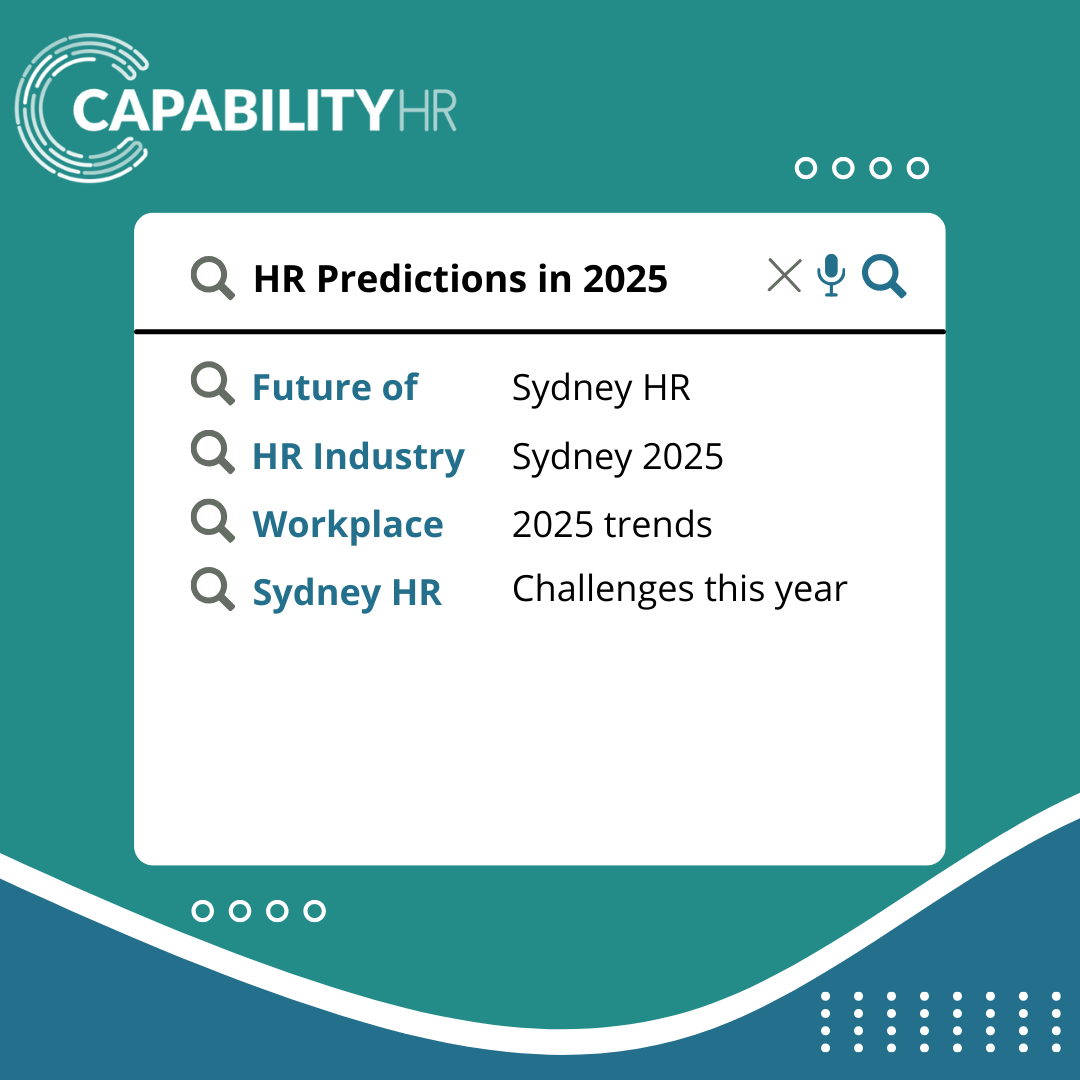As we begin 2025, I believe the Sydney HR recruitment market is poised for growth, driven by an anticipated rise in business confidence. With at least one interest rate cut expected in the first half of the year, this is likely to boost hiring activity, translating into an increase in HR job openings.
The correction is over
The market correction that characterized 2024 is now behind us. Following the post-COVID hiring surge, many HR teams reached full capacity, leading to fewer replacements after departures. Restructures were often a cost-cutting exercise with headcount almost always reduced. However, this adjustment phase may be over, and we can expect HR teams to stabilize or even grow in 2025. A continued reduction in HR team sizes would result in overburdened teams, creating operational challenges.
Which skills are in demand?
In terms of role demand, Talent Acquisition—especially at the strategic and management levels—had a quieter year in 2024. However, as business confidence recovers, we foresee an uptick in demand for both entry-level and mid-level roles (salary range: $90k-$140k), alongside a resurgence in higher-level positions focused on employer branding, employee value proposition, and recruitment strategies. As vacancies rise organisations will likely seek to avoid overburdening their existing talent acquisition teams, leading to increased reliance on recruitment agencies.
Other specialist roles, particularly in Employee Relations and Industrial Relations, will continue to see strong demand. With new legislation on the horizon, expertise in these areas will remain essential.
Workplace Trends
As for workplace trends, employers are expected to take a more assertive stance on in-office attendance. While the general preference for a hybrid model remains, with employees typically favouring two days in the office and three at home, employers will lean toward a 3 day office mandate. HR professionals, particularly in generalist, employee experience and organisational development will need to navigate this shift while maintaining employee engagement to minimise turnover.
Summary
In summary, the Sydney HR recruitment market in 2025 will experience a recovery fuelled by increased hiring across the board, with a particular focus on ER and TA.








